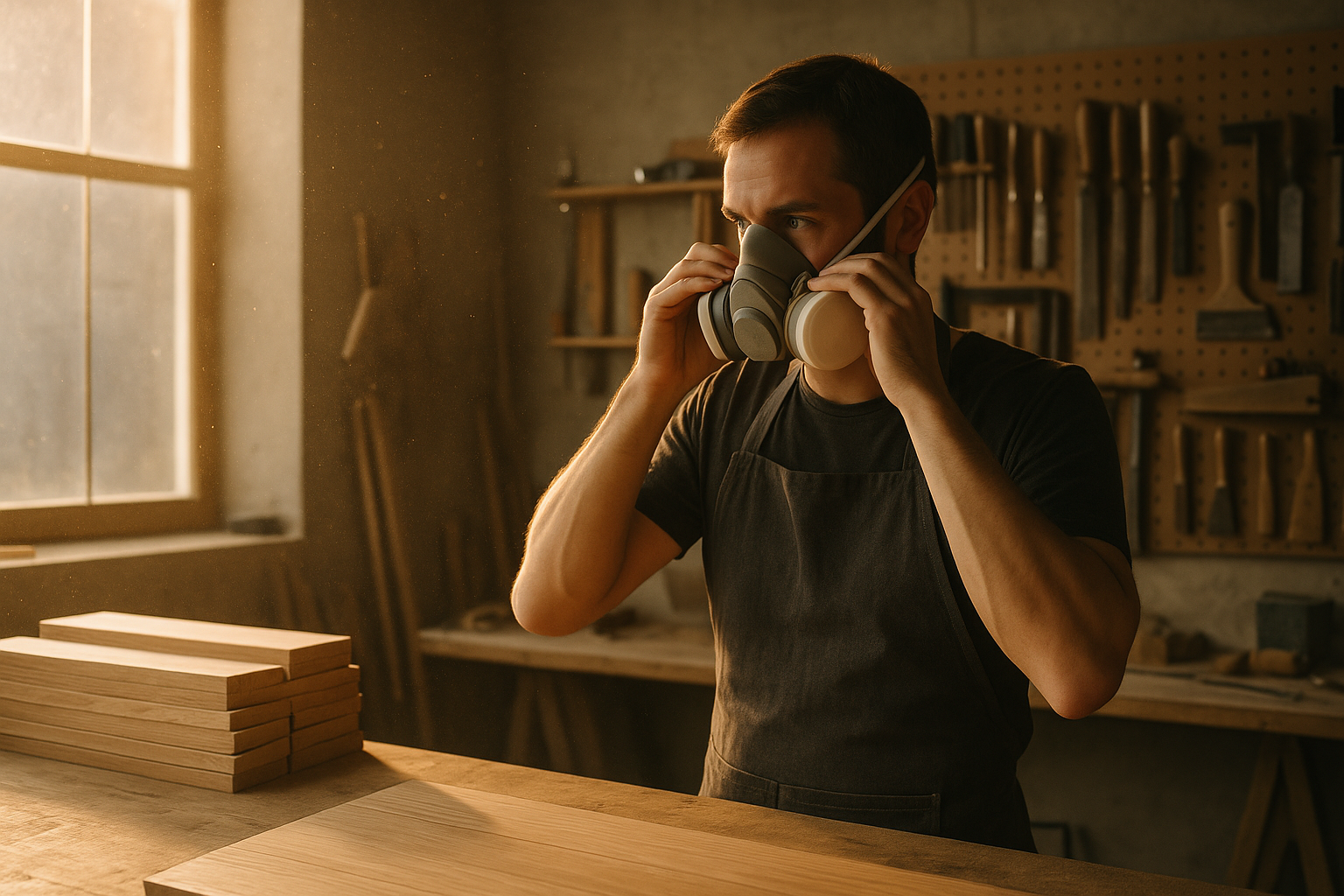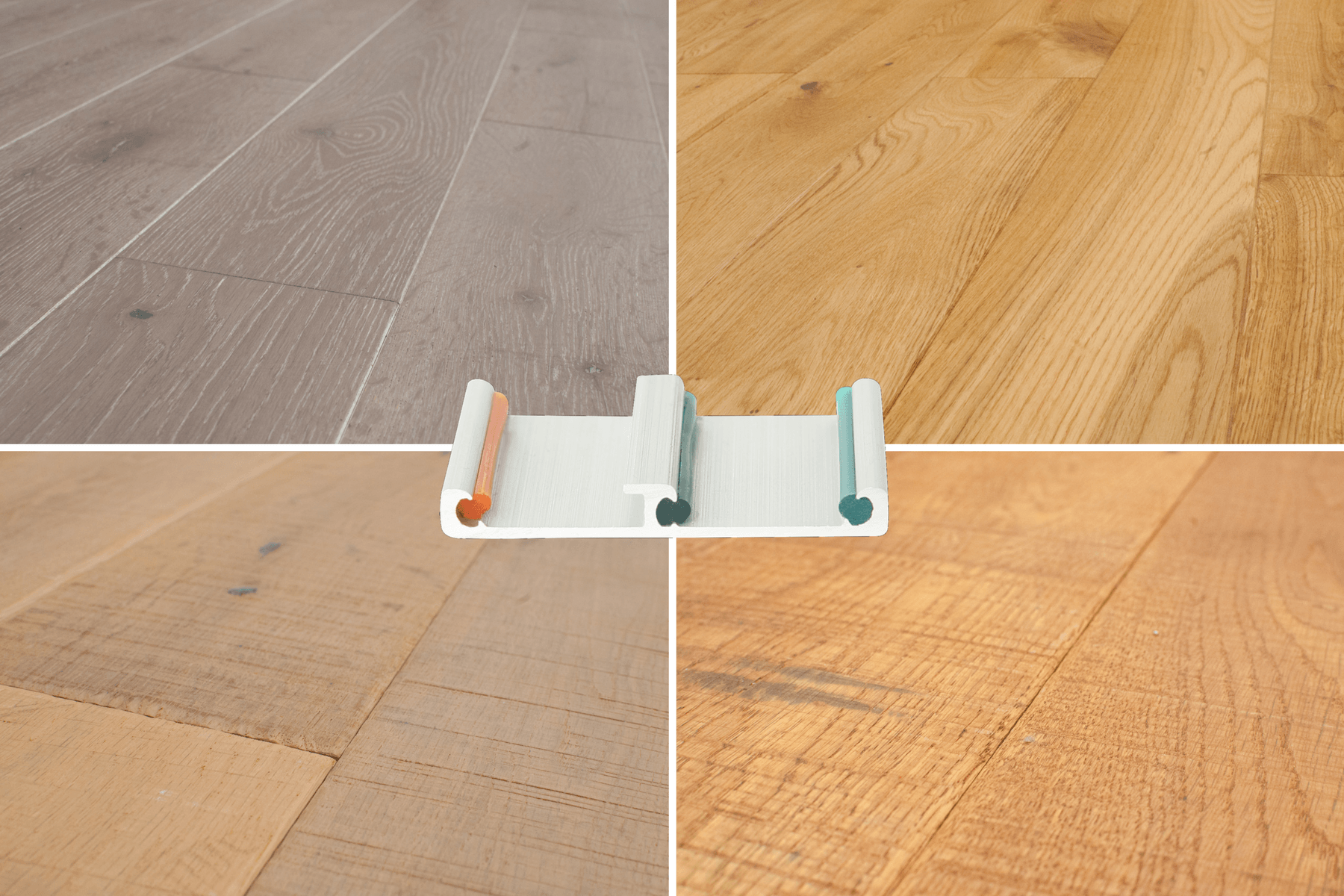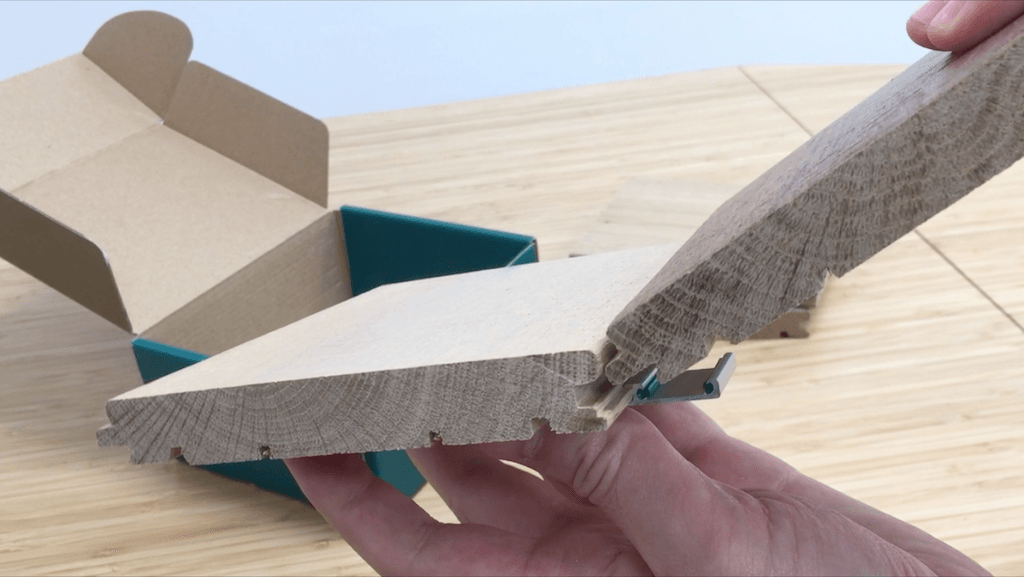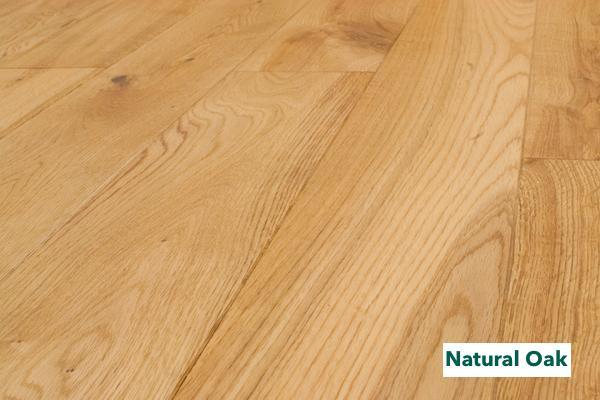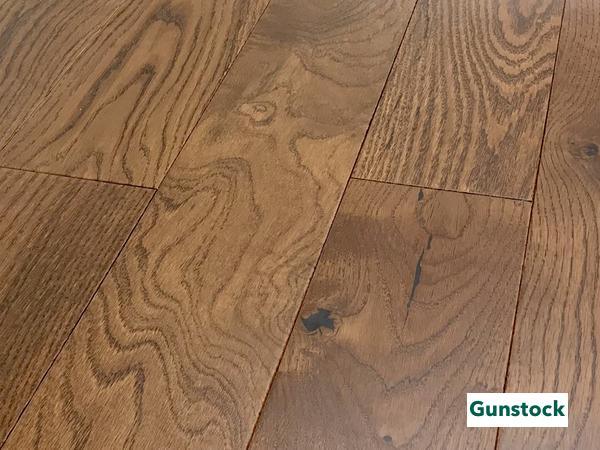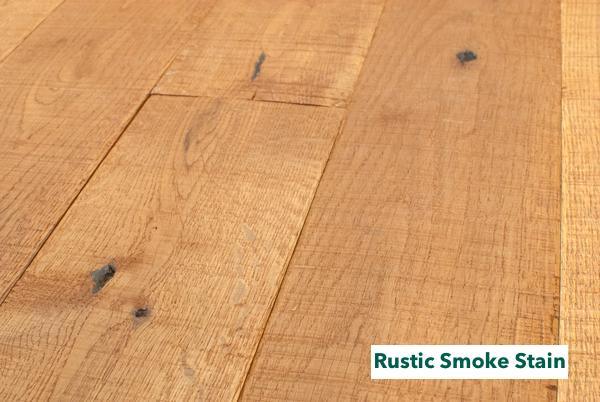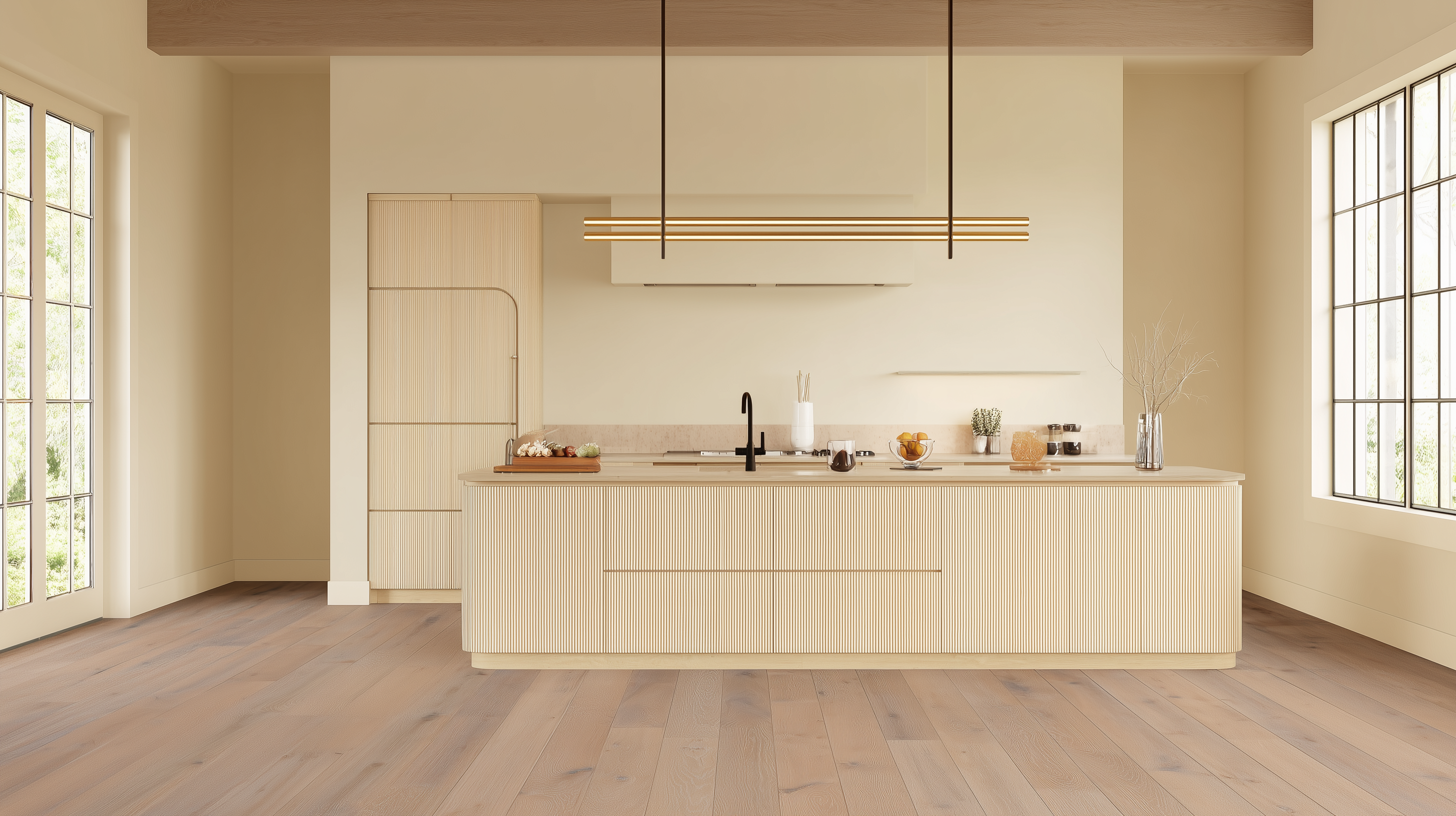Sawdust smells like progress. But while the scent may stir nostalgia, the fine particles that float through your workspace are anything but harmless. Whether you're sanding down new flooring or shaping trim with a router, airborne dust is a persistent threat—silent, invisible, and surprisingly dangerous. In this guide, we explore the unseen risks of wood dust, how it affects your lungs, and what type of dust mask or respirator truly protects you in the shop.
What’s Really in the Dust You’re Breathing?

There are a few types of dust in the home construction industry that are hazardous to breathe:
- Mineral or Silica Dust – This dust comes from cutting countertops made from stone or quartz, bricks, stone, or tile.
- Gypsum Dust – Breaking or sanding drywall creates clouds of dust.
- Wood Dust – Sanding, sawing, or routing wood creates lots of fine dust particles.
You should always wear a quality mask when cutting or sanding anything.
Is it Bad to Breathe in Sawdust?
The U.S. Dept. of Labor warns that exposure to wood dust can cause various adverse health effects. They include dermatitis, allergic respiratory effects, asthma, hypersensitivity pneumonitis, chronic bronchitis, and possibly cancer. Additionally, wood sap contains compounds that can irritate the skin and cause other allergic reactions when they come in contact with mucous membranes.
The National Institute for Occupational Safety & Health set the recommended exposure limit (REL) of wood dust for an 8-hour workday at 1 mg/m3.
What happens If You Get Sawdust in Your Lungs?
Inside the lungs are microscopic air sacs, or alveoli. Inside the alveoli are special cells called macrophages that will push the dust particles back up to the throat. Eventually, you either swallow or spit out the dust. Long-term exposure or dust in large quantities will overwhelm the macrophages. Dust accumulates in the air sacs where it causes injury to the lungs and irreversible damage.
Symptoms of Dust Inhalation
The symptoms of sawdust inhalation are the same as any allergen:
- Sneezing
- Coughing
- Stuffed or runny nose
- Nasal congestion or pain
- Watery, itchy eyes
- Shortness of breath
If you are having difficulty breathing or have shortness of breath, coughing more, or notice excess mucus, it could be due to inhaling dust particles. You should consult with a doctor right away before it leads to scarring and irreversible lung damage.
How Do You Get Sawdust Out of Your Lungs?
The only effective way to clear your lungs is the natural process of coughing. Breathe filtered or dry, air-conditioned air as much as possible.
What are Common Sources of Dust?
60% of household dust comes from outside, either from the air or hitchhiking on our shoes and clothing. As for wood dust, sanding, routing, and sawing are the byproducts of woodworking. There’s no doubt that breathing dust is bad for you. The next question is...
The Best Dust Masks and Respirators for Woodworking

The best dust masks fit snugly around your mouth and nose. They should have two or three adjustable straps that comfortably seal the mask around your mouth and nose. Additionally, they should have disposable filters and a way to vent the breath down and away from your eyes to prevent your glasses from fogging.
Are You Supposed to Wear a Mask When Sanding?

Sanding creates clouds of particles that are harmful when breathed in large quantities. You should always wear a mask, even for short projects.
Do You Need a Respirator for Woodworking?
A quality respirator is your best defence against breathing wood dust, and higher quality masks can filter out solvent fumes if you do a lot of finishing work. The quality you need depends on how much exposure you have per week.
What are the Three Best Woodworking Dust Masks?
NOISH 95 Disposable Respirator Mask
- The ubiquitous 95 Disposable is an inexpensive basic throw-away mask that filters out 95% of airborne particles. It has two yellow elastic bands that keep the white, bowl-shaped mask snuggly over your mouth and nose. They come in boxes of twenty and are the perfect mask for part-time woodworkers.
3M Respirator 6503QL Half Facepiece
- For woodworkers needing long-term protection, this silicone respirator offers comfortable protection. The design features a valve cover that directs exhaled breath and moisture downward to prevent glasses from fogging up. It uses adjustable straps for a firm fit, and the 65003QL offers a variety of replaceable filters depending on the working environment.
BASE CAMP M Cross Dust Face Mask
- The Base Camp M is a nylon dust mask that is reusable. It features two quick-release adjustable straps and has two replaceable filters consisting of six layers. The adjustable nozzles direct breath away from your glasses. The mask is lightweight, breathable, and washable. It’s a comfortable mask if you must wear one for hours.
9 Common Dust Mask Questions—Answered
If you need to purchase a sanding mask or reusable dust mask, here is some information that may help you find the right one for your needs.
What’s the difference between a respirator and a dust mask?
- When it comes to a dust mask vs. respirator, a respirator is just a more efficient version of the simple dust mask. It filters out smaller particles, and it seals better around your mouth and nose. Typically, they will have a certification for the type and amount of particles they can filter.
What is the difference between an N95 mask and a dust mask?
- A quality respirator is reusable or comes with replaceable filters. It will have an official NIOSH-approved rating (the National Institute for Occupational Safety and Health) that consists of the following letters and numbers.
- N means Not oil-proof
- R means Oil resistant (for up to 8 hours)
- P means Oil-proof (works beyond 8 hours)
- And...
- 95 - Removes 95% of all particles that are at least 0.3 microns in diameter
- 99 - Removes 99% of particles that are at least 0.3 microns in diameter
- 100 - Removes 99.97% of all particles that are 0.3 microns in diameter or larger.
- The little white dust mask with a single thin elastic strap will not seal your nose or mouth properly. The best respirator for woodworking will have at least two elastic or adjustable straps to hold the mask firmly in place.
What materials do manufacturers use for dust masks?
- Typically, disposable dust masks are a mixture of paper and synthetic plastic fibers.
- The filter parts of reusable masks often use durable synthetic materials that are lightweight and easy to clean. However, some reusable dust masks use a fabric that users can hand wash.
Is a respirator better than a mask?
- Respirators are better than a plain dust mask. They fit better, preventing leaks around the mouth and nose. They also filter out smaller particles.
Does a surgical mask qualify as a respirator?
- The FDA states, “Surgical masks are not respiratory protective devices like respirators.” The reason is surgical masks do not seal well. They are there to contain larger droplets of moisture from your breath.
How do you make a homemade dust mask?
- Two researchers from Northwest University did a study on how to build a mask at home that’s as effective as an N95 mask. While the study aimed at preventing COVID-19 virus transmission, the DIY masks work well for filtering ordinary wood dust.
- The technique uses two layers of terry cloth or four layers of Kona cotton (a quilting material) or a combination of both. To see one man’s take on a DIY dust mask, watch “How to Make the Best Face Mask, No Sewing.”
How long can you use a disposable dust mask?
- NIOSH recommends replacing a disposable dust mask when:
- The mask is dirty or left to sit in the work area to gather more dust
- You notice that it’s harder to breathe due to clogging
- It’s a good practice not to wear a disposable dust mask for more than 8 hours of continuous or intermittent use.
- Also, don’t share dust masks, even if they look clean.
How much does a full-face respirator cost?
- You can find full-face respirators online ranging in price from $60 to $190. Typically, you will need to buy replacement filters that attach to the mask, with most masks requiring two.
Can you wear a dust mask with a beard?
- Is there a dust mask for beards? If you have a beard, you can wear a dust mask at home. However, if you are an employee in a “respirator-required” work environment, you can’t. OSHA considers a beard to be anything over a two-day growth. The hair will prevent a proper seal around the mask, and the employer could get fined.
- For home use or less regulated environments, use a half or full-face dust mask that you can tighten and compress the hairs to offer some particle filtration around the sides.
- This video, “How to wear a mask if you have a beard,” demonstrates a neat way to protect your lungs and your beard from wood dust.
Bonus Tip: Skip the Dust Altogether with Prefinished Hardwood Floors
Sanding your way to a perfect floor isn't your only option. With Easiklip’s prefinished solid hardwood flooring, you can skip the mess and breathe easier. No sanding. No glue. No dust clouds. Just clean lines, natural oak, and a flooring system that clicks into place with precision. Explore our collection and choose a safer, smarter path to a beautiful floor.

